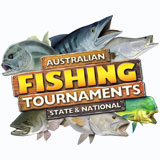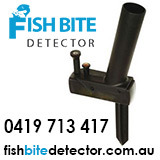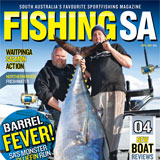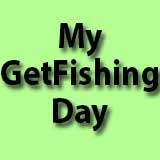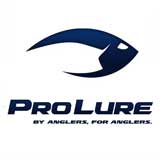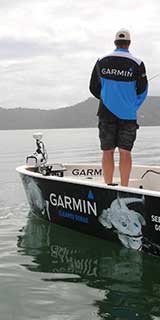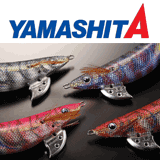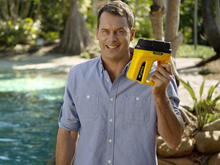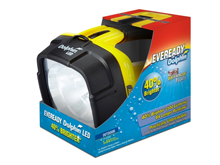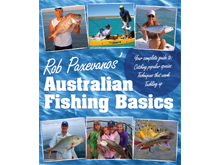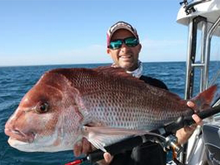Come the first of October, the annual four-month closure will commence on fishing for pink
snapper in both Cockburn and Warnbro Sounds.
Department of Fisheries Principal Management Officer Martin Holtz said at this time of year the Sounds attracted the largest known aggregations of pink snapper in the West Coast Bioregion.
“Cockburn and Warnbro Sounds are also vital nurseries for the species,” Mr Holtz said.
“The aggregations are critical for sustaining adequate breeding stocks for pink snapper, which is a long-lived and slow-growing fish species.”
“It is illegal to fish for pink snapper, or be in possession of pink snapper while fishing by line, in the waters of Cockburn and Warnbro sounds during the closed season.”
More details of closures for recreational fishing are available in WA’s Recreational fishing guide 2013, which can be downloaded at www.fish.wa.gov.au or from Department of Fisheries offices and Information Outlets.
Regional Manager Metropolitan and Shark Response Unit spokesperson Tony Cappelluti said the pink snapper fishing closure (1 October – 31 January inclusive) would be closely monitored in the Sounds by Fisheries and Marine Officers to ensure compliance.
“While this means recreational fishers cannot take pink snapper, people do fish for other species in Cockburn and Warnbro Sounds throughout the spawning period and we ask them to do it safely,” Mr Cappelluti said.
“Night fishing is popular and so is recreational fishing from kayaks and water users need to
always consider their personal safety.”
“Fishers and water users should also look out for each other and report shark sightings.”
Advice is that fishers and other water users should:
- Take additional caution in Cockburn and Warnbro Sounds,
- Keep informed of the latest sighting reports or tagged shark detections by checking Surf Life Saving Twitter – twitter.com/SLSWA or at www.mybeach.com.au,
- Report any shark sightings promptly to Water Police on 9442 8600.




